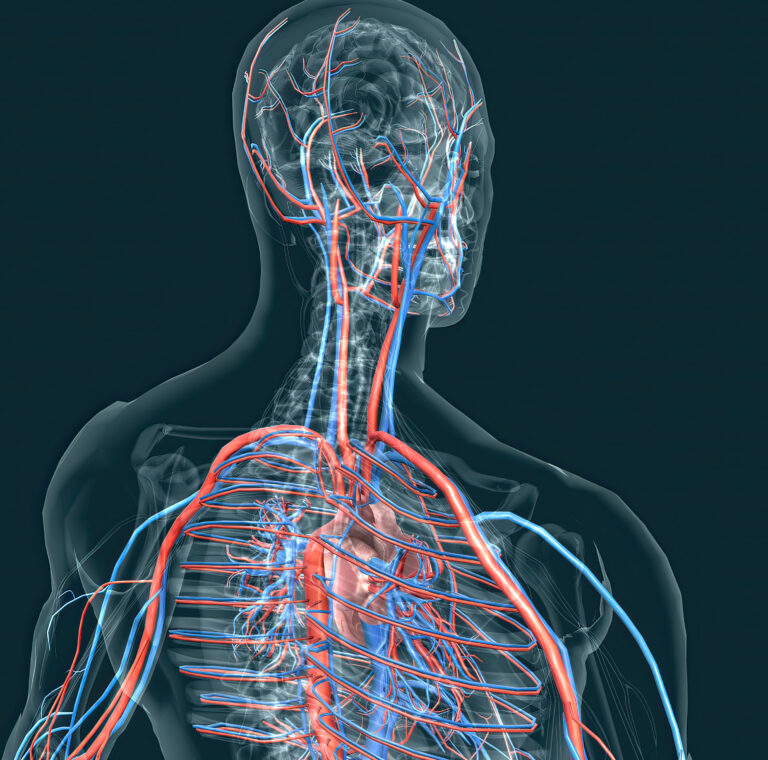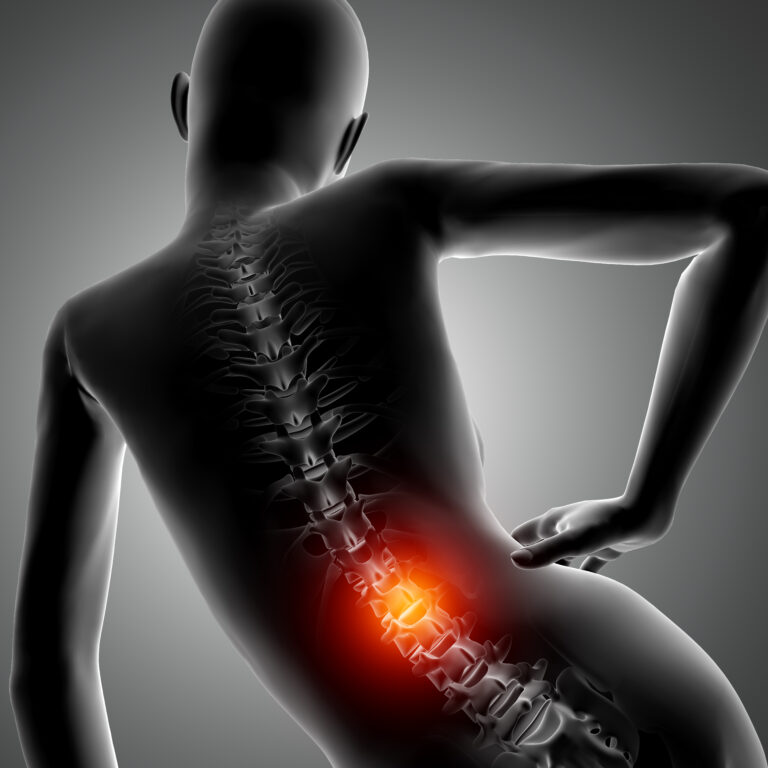Introduction
Managing osteoarthritis (OA) focuses on improving quality of life by alleviating pain and enhancing joint function through various approaches.
Lifestyle Adjustments
Effective OA management begins with lifestyle modifications:
- Exercise: Regular physical activity helps maintain joint flexibility, strengthens muscles, and manages weight, reducing stress on joints.
- Weight Control: Maintaining a healthy weight reduces strain on weight-bearing joints like knees and hips.
- Nutritious Diet: A balanced diet rich in fruits, vegetables, lean proteins, and omega-3 fatty acids supports joint health by reducing inflammation.
Pharmacological Treatments
Medications are crucial for managing OA symptoms:
- Pain Relief: Over-the-counter pain relievers and anti-inflammatory drugs reduce pain and swelling.
- Topical Treatments: Creams or patches with NSAIDs or capsaicin provide localized pain relief.
- Injections: Corticosteroid or hyaluronic acid injections can alleviate pain and improve joint function temporarily.
Physical Therapy
Customized physical therapy programs aim to:
- Enhance Mobility: Exercises strengthen muscles and improve joint flexibility, reducing stiffness.
- Educate on Joint Care: Techniques to protect joints during daily activities help manage symptoms effectively.
Surgical Options
For severe cases:
- Joint Replacement: Surgery replaces damaged joints with artificial implants, especially effective for hips and knees.
Complementary Therapies
Additional therapies may supplement traditional treatments:
- Acupuncture: Some find relief from OA symptoms through acupuncture.
- Thermal Therapies: Heat and cold applications can alleviate pain and inflammation in affected joints.
Conclusion:
Effective osteoarthritis management involves a holistic approach integrating lifestyle changes, medication, physical therapy, and surgical interventions when necessary. By tailoring treatment to individual needs, patients can manage symptoms effectively and maintain an active lifestyle.
Disclaimer: The information provided in this blog post is for general informational purposes only and should not be considered professional advice. Before making any health-related decisions, consult with a qualified healthcare professional. The content is not a substitute for medical advice, and individual results may vary. The author and website are not responsible for any consequences arising from the use of the information provided. Use your best judgment and seek professional advice when needed.



